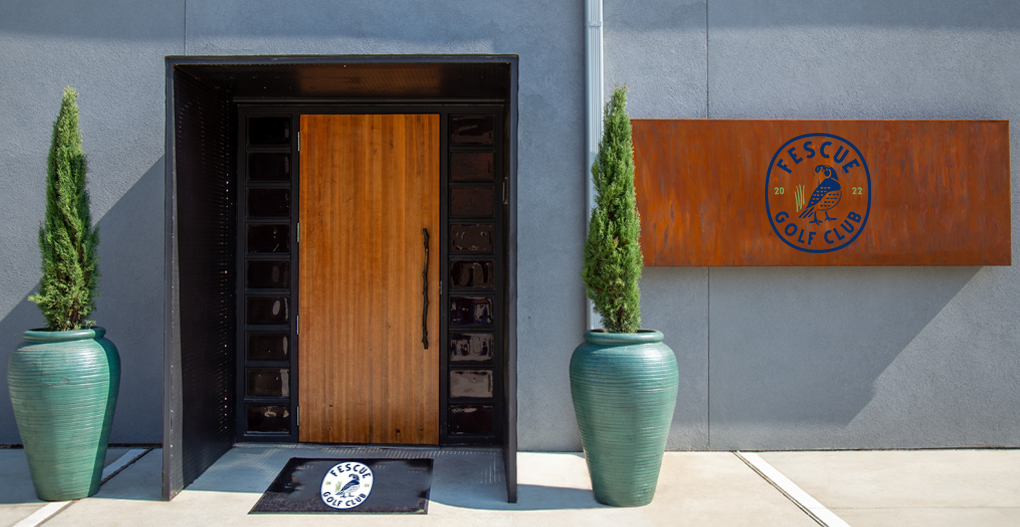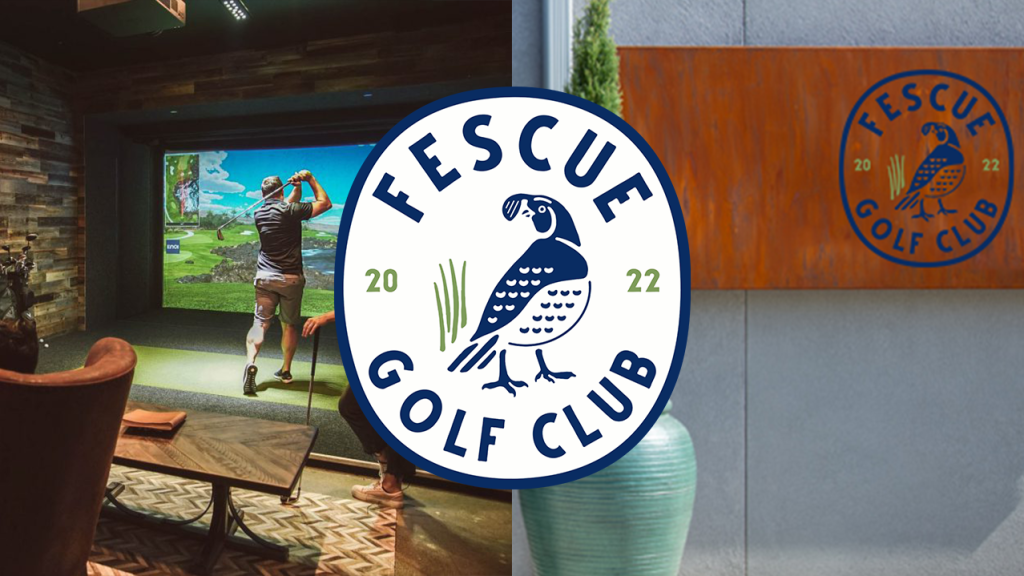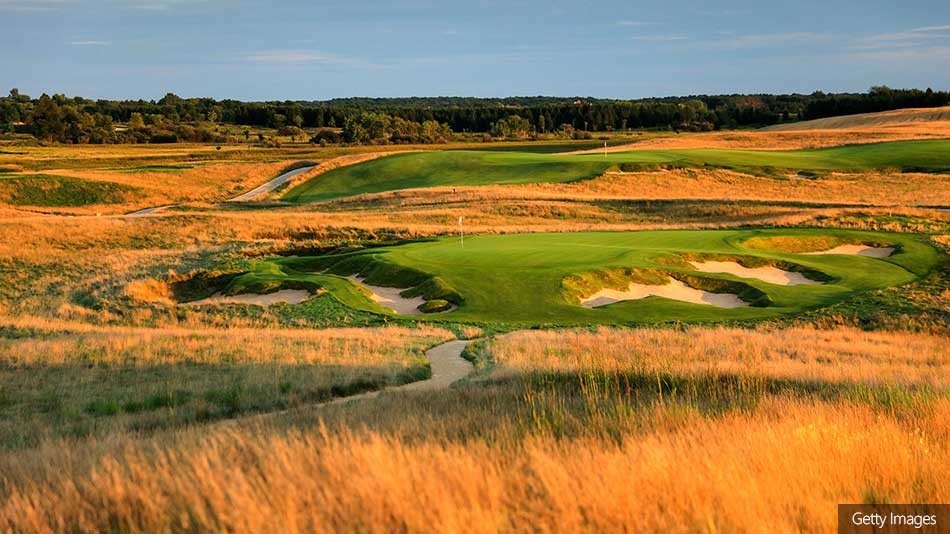It started with a simple question.
“How can I play
more golf?”
The Challenge to Modern Golfers
For some (a select few!), it’s not much of a challenge. But for those of us who live in a big city, with a demanding career, and perhaps a young family, it can be nearly impossible.
5 hour rounds, and another two in travel time. Punched greens and rock hard bunkers. Rising greens fees somehow paired with shuttered snack shacks at the turn.

You could try and join a country club, but in a place like Los Angeles – Fescue’s ancestral home – you’re looking at the cost of a house down payment and mortgage to join. If you have the right last name. And work for the right company. Sure, that’s reductive, but those stereotypes keep enough younger potential members away to make it reality. Well, apart from the cost – that part’s true.
So what are golfers alternatives?
Grind it out on public courses? Join an expensive country club?… Or find a third way.
 Golf simulators: a lifeline for a sport
Golf simulators: a lifeline for a sport
High end golf simulators had fascinated me for some time. They solve for a lot of things – convenience, game improvement. But was it “real golf”? Based on the rate of improvement in technology, the answer was a definitive “yes”. And that’s not even accounting for technological leaps yet in store.
But, wait. Could this be more than a simple solution for just playing more golf? A simulator requires a fraction of the natural resources, and a fraction of the geographic footprint, for a full 18 golf experience…
Before I knew it, I was down the rabbit hole. I began to see where this technology could not just be a modest solution to play more golf, but also open an entirely new pathway for the growth of the sport, and more importantly, its culture.
.
 The membership social club for golfers
The membership social club for golfers
We could build the entire country club experience – championship golf, first class amenities, thriving multi-generational community – in the footprint of a movie theater. But this club could attract members that, to be blunt, might be turned off by the “typical” country club member. This new kind of membership club could be a place that looked and felt like the younger, modern golfer playing the sport today. One not influenced by your race or gender, what school you went to, or what your last name is. One with a truly a modern and hip social environment. One that will not make its members shell out the cost of an LA down payment and mortgage.
 The future of a sport and its culture
The future of a sport and its culture
Golf is in an incredible, and yet precarious, place as we speak here in 2022. A record number of people are playing the game, but the costs – to the consumer, to the course operators, and the environment – have made new golf investment in major metropolitan areas impossible. “Off course” experiences are available, but what about those of us that want to experience 18 holes of golf? What about those that want to share that experience, and build a community around our passion? Those of us who want our sport to thrive and carry onto the next generation of players and beyond.
Bottom line, what started out as a simple, selfish, thought exercise, has evolved into nothing less than trying to reshape the culture of an entire sport. We’re looking for people willing to take on that challenge.
Or maybe just play more golf…
That’s Fescue Golf Club. For the modern golfer.

But the Fescue we know is so much more than that.
It is the most common native grass found on golf courses around the world. It was there on the banks of Lake Michigan, and on the Firth of Forth, and the rolling hills of Southern California long before golf courses were carved in. And it will be there long after.
It thrives, and it is beautiful. It provides a flowing yellow contrast to impossibly green overseeded rye grass fairways, distinctive eyebrows on ancient pot bunkers, and wild clumps of brownish bangs lining treacherous barrancas.
Maybe it was cheeky to name an indoor golf club after a strain of grass. But Fescue is wild, native, and bound to takeover someday. Just like us.
They’re rather small, and tend to scoot and scurry rather than fly. They travel in groups. They don’t require much water, and have evolved to thrive in environments where drought is common, and food can be scarce.
The California Quail is hardy, unique, and undeniably iconic
It also happens to have a distinctive plume on its head that kinda resembles a clubhead. Might’ve been just that, honestly…
